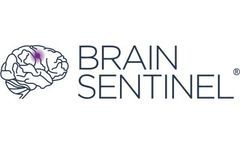Seizure Event Articles & Analysis
5 news found
The symposium, “Fundamentals of Quantitative Surface Electromyography (sEMG) for Long-Term Monitoring”, has 5 key learning objectives: Understand methods of quantitative sEMG analysis during ictal events; Review specific sEMG patterns of motor seizures and the quantitative EMG biomarkers of convulsive seizures; Discuss how ...
Knowing the seizure type and classification of seizure events is important to the physician’s ability to make appropriate treatment plan changes. In most cases, the clinician relies on seizure diaries containing eyewitness accounts of events to determine seizure type and classification. ...
Harnessing continuous sEMG data coupled with in-depth event analysis, audio-recordings of alarmed events, and seizure alerting allows patients to “speak” to their providers in a way not possible before. ...
"With the SPEAC System, we can now give physicians a much more complete longitudinal record of their motor seizures and events," said Luke Whitmire, PhD, Brain Sentinel’s Chief Science Officer. Whitmire continued, "For 30-day periods of monitoring, we can provide the physician with motor seizure and event counts along with ...
The SPEAC® System is the first and only FDA-cleared, non-EEG, physiological signal-based system for seizure monitoring. “Validation of sEMG as a useful biomarker in the monitoring of our seizure patients gives us a new tool to help patients get their seizures under control,” said Jonathan Halford, M.D., lead author of the study ...

